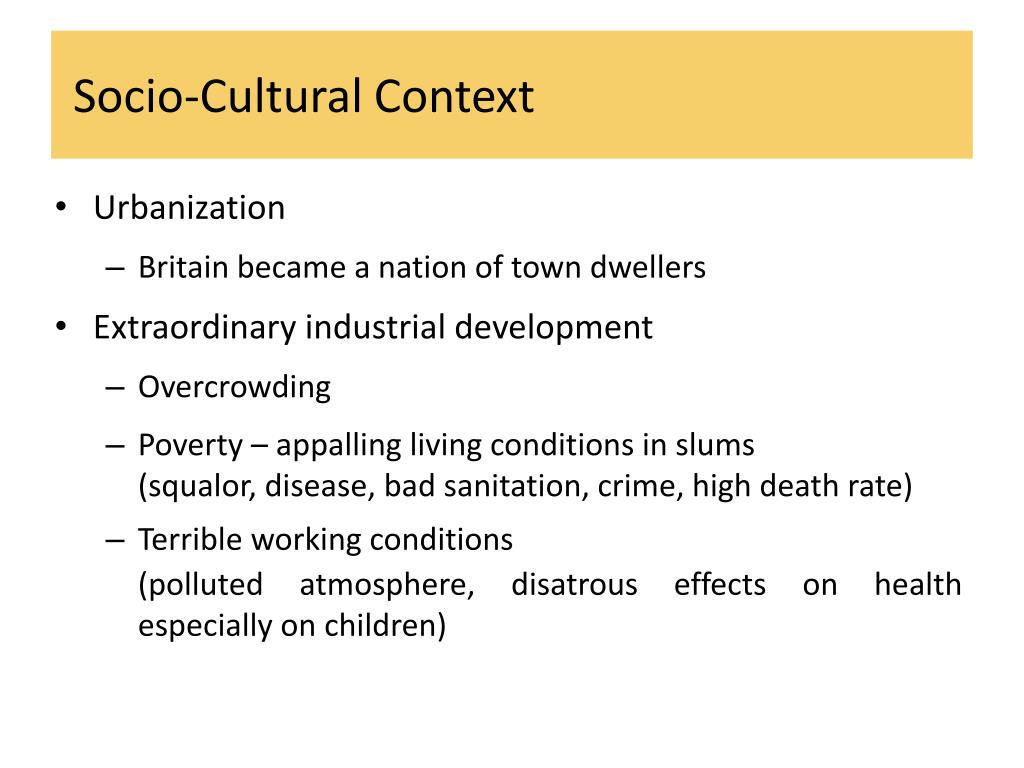


Both theories have generated a great deal of empirical work over the past several decades but attempts to delineate similarities and differences in concepts are rare (see Wigfield et al., 2009 for an exception). Specifically, intrinsic value is expected to be as efficient as utility value or importance in producing outcomes, although some values could be more predictive of behavior than others depending on the nature of the target behavior (perseverance vs. In contrast, in EVT, values or motives (intrinsic, utility, importance) for action are not positioned on a continuum of any sort.

All these theories share some conceptual attributes but differ in how they define motivation and in the relevance of some concepts for understanding student outcomes.įor example, in SDT, motivation types (intrinsic, integrated, identified, introjected, external) are differentiated by their degree of self-determination, which is an important feature because the more the behavior is energized by self-determination, the better the school outcomes. In this special issue, many motivational concepts are put forward that originate from different frameworks including, but not limited to, achievement goals theory (AGT Elliot, 2005), self-determination theory (SDT Ryan & Deci, 2017), self-efficacy theory (SET Bandura, 1997), expectancy-value theory (EVT Wigfield et al., 2009), and attribution theory (AT Graham, 2020). Motivational theories thus attempt to discover the reasons behind a behavior (the energy) deployed toward an activity or a task (the direction Pintrich, 2003). These concepts emanated from a rich theoretical tradition that is concerned with the energy and direction of human behavior. Although this is commendable, we should move on to integrate similar motivational constructs to facilitate the accumulation of knowledge and to build interventions that work. However, given space limitations, discussion of these papers is not meant in any way to be comprehensive.Īrticles in this special issue as well as the literature in motivation in general are characterized by a high number of motivational concepts. To illustrate some points, I will include selected empirical examples. These points are (a) the challenges of integrating central motivational constructs, (b) interpersonal relationships as supports for motivation at school, (c) school or cultural contexts that sustain motivation, and (finally) (d) new research avenues.

The papers in this special issue cover many relevant topics in educational psychology, but in this commentary, I have decided to discuss some points ranging from intrapersonal (motivation) to interpersonal (relationships) to macrosystem factors. Moreover, they show the abundance, variety, and complexity of contemporary thinking about motivation. Specifically, these articles provide insights into how relationships with teachers, peers, friends, and parents as well as how the characteristics of the social context in which learning takes place, are fundamental in supporting motivation at school. This special issue on sociocultural and relationship contexts that motivate student outcomes presents a collection of groundbreaking research ideas that advance our knowledge on how motivation is shaped by the cultural context and how motivation processes are affected by relationships with others. This means that out of two equally intelligent students, the one who perceives his/herself as more competent (e.g., who has stronger motivational beliefs) will have higher achievement scores (Kriegbaum et al., 2018). For example, a meta-analysis showed that motivation (especially students’ expectancies for success) predicts a significant portion of variance in achievement over and above intelligence, and this finding is even more pronounced in reading. In these important endeavors, motivation is recognized as an important personal resource that fosters students’ engagement and curiosity in their schoolwork and consequently achievement and perseverance in different school disciplines (Guay et al., 2008 Pintrich, 2003). Other goals include developing the core competencies (reading, writing, maths) individuals need to function effectively in society, helping students to discover their core interests and then to pursue a career path that suits them (Guay et al., 2020), to establish positive relationships not only with their peers, but also with their teachers (Hamre & Pianta, 2001), and to nurture students’ natural curiosity, even develop a passion (Vallerand et al., 2020). A central goal of educational systems over the world is to support students’ learning in a variety of school subjects.


 0 kommentar(er)
0 kommentar(er)
